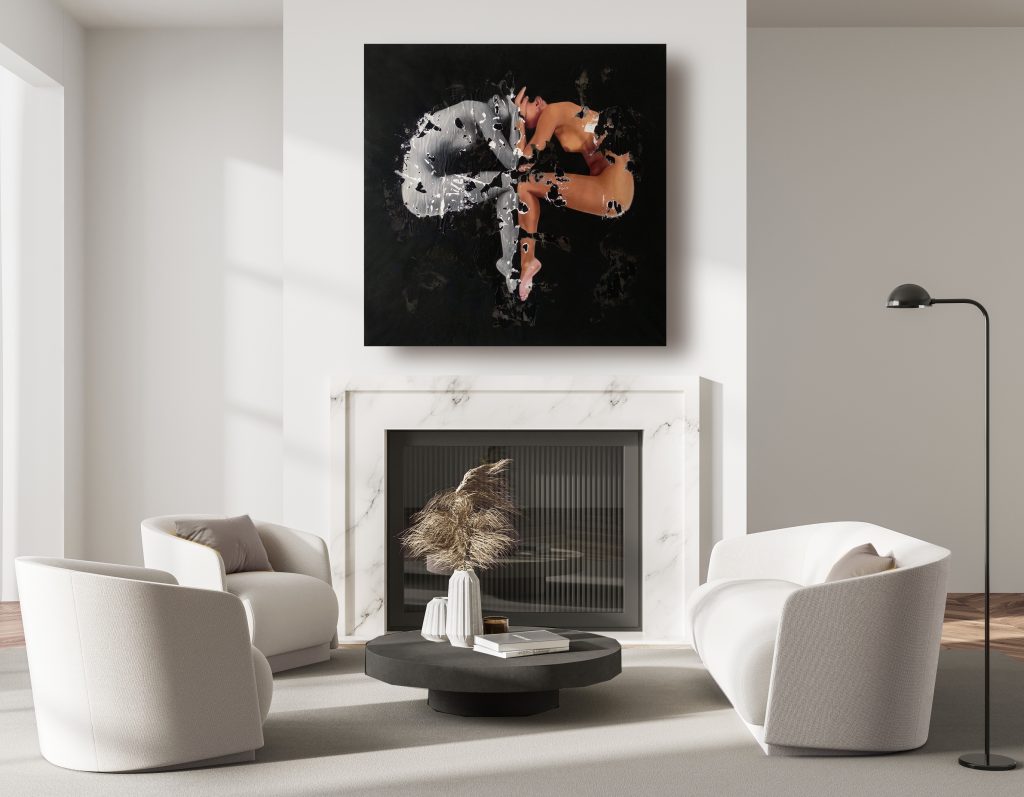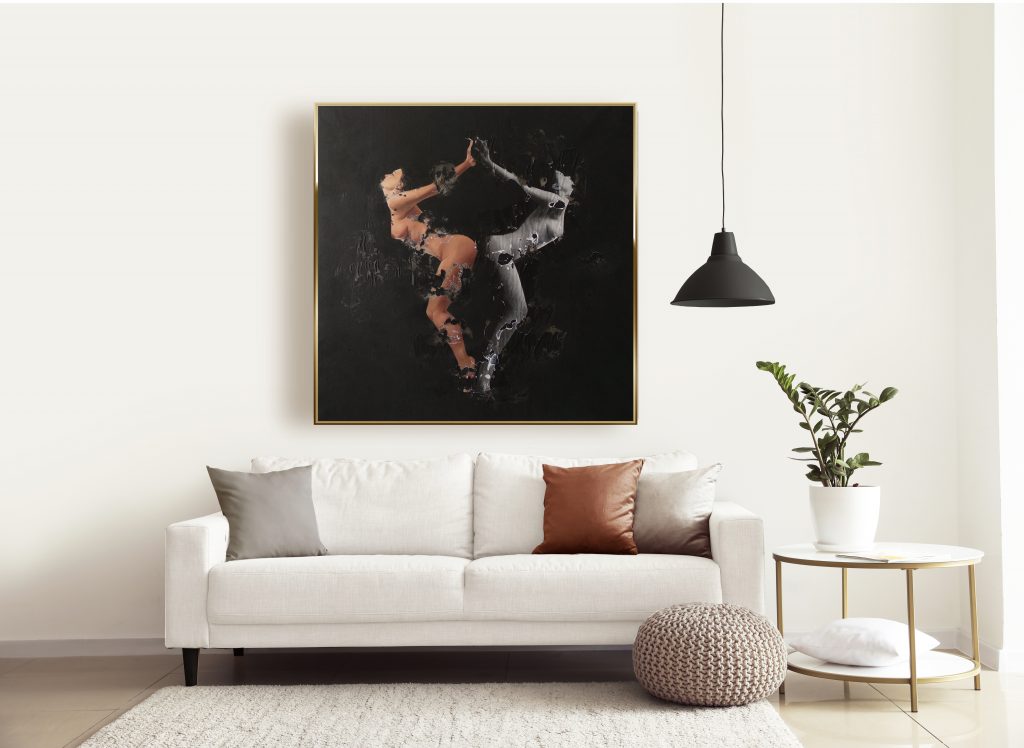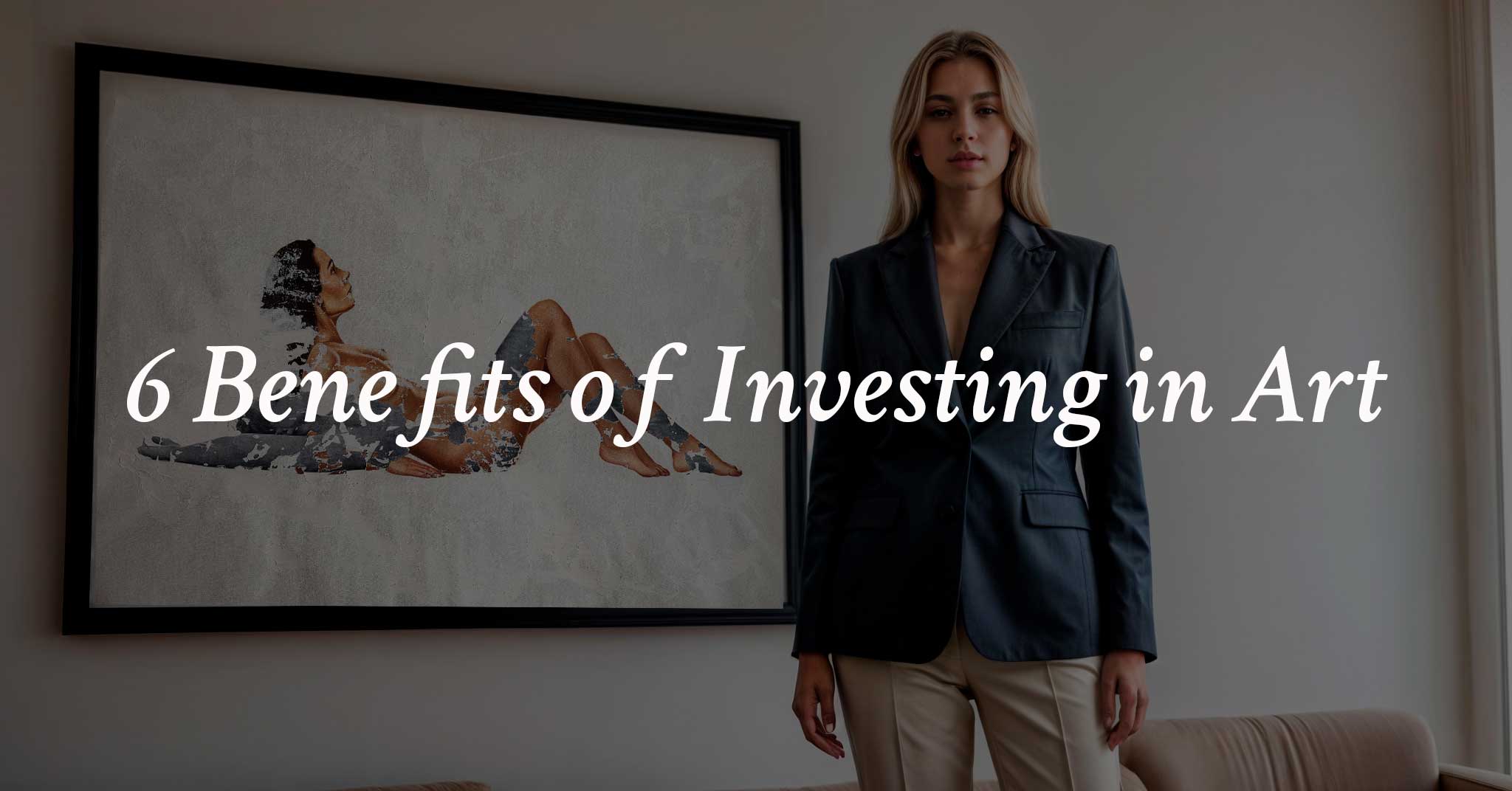
Introduction
The art market, a captivating and dynamic sector of the global economy, encompasses diverse artworks spanning paintings, sculptures, photography, and digital art, created by artists from various styles, periods, and regions. Influenced by factors like supply and demand, cultural trends, social movements, and technological innovations, investing in art emerges as a rewarding way to diversify your portfolio and enhance wealth. Beyond financial returns, art enriches life with beauty, culture, and personal satisfaction. This article delves into the benefits of investing in art for wealth growth and guides you on starting your art investment journey today.
Tangible Value Appreciation
One of the main benefits of investing in art is that it can appreciate in value over time. Unlike some other assets, such as stocks or bonds, art does not depend on the performance of a company or a market index. Art is valued by its quality, rarity, provenance, and aesthetic appeal, which can increase as the artist’s reputation grows, the artwork becomes more scarce, or the demand for the artwork rises.
According to the Art Basel and UBS Global Art Market Report 2020, the global art market reached a total value of $64.1 billion in 2019, up 5% from the previous year. The report also showed that the average annual return for art was 6.3% between 1985 and 2019, outperforming some other asset classes, such as gold, commodities, and government bonds.
Diversification Beyond Traditional Assets
Another benefit of investing in art is that it can help you diversify your portfolio beyond traditional assets, such as stocks, bonds, real estate, and cash. Diversification is a key strategy to reduce risk and volatility in your portfolio, as it can help you balance out the fluctuations of different asset classes and protect you from market downturns.
Art can be a good diversifier because it has a low correlation with other assets, meaning that it does not move in tandem with them. For example, art can perform well when the stock market is down, as it can act as a store of value and a hedge against inflation. Art can also offer you exposure to different regions, currencies, and sectors, which can enhance your portfolio’s performance and resilience.
Active Wealth Preservation through Art
Investing in art can also help you preserve your wealth in the long term. Art is a tangible asset that can withstand economic shocks, political instability, and natural disasters. Art can also retain its value in the face of inflation, currency devaluation, and taxation. Unlike some other assets, such as cash or bonds, art does not lose its purchasing power over time.
Art serves as a meaningful legacy, facilitating the transfer of wealth to heirs. Reflecting personal taste, values, and vision, art inspires and educates future generations. Additionally, in certain countries like the US, artworks donated to museums or public institutions can benefit from estate tax exemption.
Unique Investment Opportunities
Art investment presents distinctive and thrilling opportunities unavailable in other asset classes. It provides access to a dynamic and varied market, allowing exploration of new talents, trends, and niches. Additionally, art enables the expression of creativity, passion, and personality while fostering connections with like-minded investors, collectors, and enthusiasts.
Art as a Tangible Asset
One of the advantages of investing in art is that it is a tangible asset that you can see, touch, and enjoy. Unlike some other assets, such as stocks or cryptocurrencies, art is not subject to hacking, fraud, or technical glitches. Art is also immune to digital disruption, as it cannot be replicated or replaced by artificial intelligence or virtual reality.
Investing in art can also give you a sense of ownership and pride, as you can display your artworks in your home, office, or gallery. You can also lend your artworks to museums or exhibitions, where you can share your collection with the public and gain recognition and prestige.
Art Market Success Stories
Another reason to invest in art is that it can offer you the chance to participate in some of the most remarkable and rewarding stories in the art market. The art market is full of examples of artworks that have skyrocketed in value over time, thanks to the vision, skill, and luck of their investors.
For instance, in 2006, a painting by Jean-Michel Basquiat, titled “Untitled”, was sold for $14.6 million at Sotheby’s. Eleven years later, in 2017, the same painting was sold for a staggering $110.5 million at Christie’s, making it the most expensive artwork by an American artist ever sold at auction. The painting was bought by Japanese billionaire Yusaku Maezawa, who plans to display it in his future museum in Japan.
Another example is the painting “Salvator Mundi” by Leonardo da Vinci, which was sold for $450.3 million at Christie’s in 2017, making it the most expensive artwork ever sold at auction. The painting was bought by an anonymous bidder, who was later revealed to be Prince Bader bin Abdullah bin Mohammed bin Farhan al-Saud of Saudi Arabia. The painting is now part of the collection of the Louvre Abu Dhabi, where it is expected to attract millions of visitors.
Opportunities for All Budgets
Investing in art can also be accessible and affordable for all budgets, as the art market offers a wide range of artworks at different price points. You do not need to be a millionaire or a billionaire to invest in art; you can start with a modest amount and gradually build your portfolio over time.
For example, you can invest in prints, photographs, or drawings, which are usually cheaper than paintings or sculptures. You can also invest in emerging or lesser-known artists, who may have a lower entry price but a higher potential for growth. You can also take advantage of online platforms, such as Artsy or Artfinder, which can help you discover and buy artworks from around the world.
Portfolio Diversification
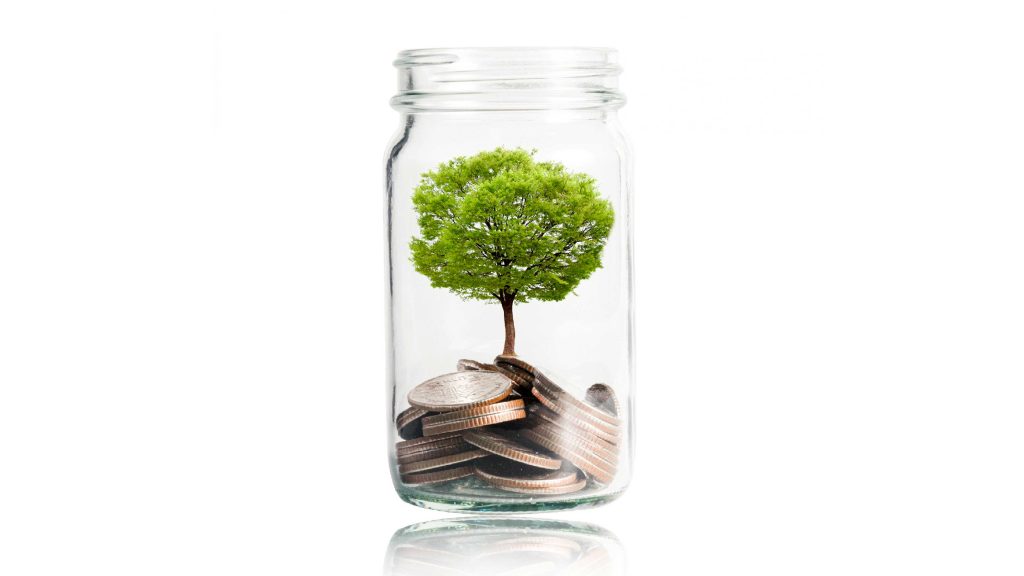

Investing in art can also help you diversify your portfolio and enhance your overall financial performance. Art can offer you a variety of benefits, such as value appreciation, risk mitigation, market access, tax advantages, and personal enjoyment, which can complement and balance out your other investments.
Mitigating Risk through Art Investment
One of the ways that art can help you diversify your portfolio is by mitigating risk. Risk is the uncertainty or variability of the returns of an investment, which can be affected by various factors, such as market volatility, economic cycles, political events, or natural disasters. Risk can also be measured by the standard deviation, which is the degree of deviation from the average return of an investment.
Art can help you reduce risk in your portfolio by having a low or negative correlation with other asset classes, meaning that it does not move in the same direction or magnitude as them. For example, art can perform well when the stock market is down, as it can act as a safe haven or a hedge against inflation. Art can also offer you a long-term perspective, as it can appreciate in value over time and withstand short-term fluctuations.
Incorporating Art into a Broader Financial Strategy
Another way that art can help you diversify your portfolio is by incorporating it into a broader financial strategy. A financial strategy is a plan that outlines your financial goals, objectives, and actions, and how you will achieve them. A financial strategy can help you optimize your financial resources, allocate your assets, manage your risks, and plan for your future.
Art can be an integral part of your financial strategy, as it can help you achieve different financial goals, such as wealth growth, wealth preservation, wealth transfer, or wealth enjoyment. Art can also help you align your financial strategy with your personal values, interests, and passions, and create a meaningful and fulfilling financial journey.
Access to Exclusive Markets
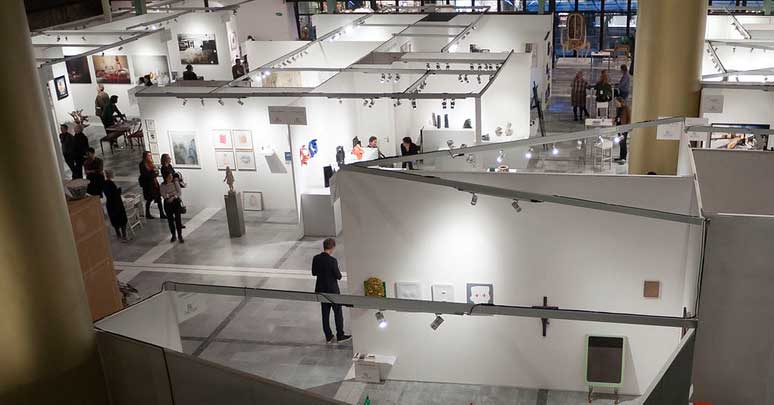

Investing in art can also give you access to exclusive and elite markets, where you can enjoy the benefits of being part of a privileged and influential community. Art can open the doors to a world of opportunities, connections, and experiences, that can enrich your personal and professional life.
Unlocking Elite Art Circles
One of the benefits of investing in art is that it can unlock the elite art circles, where you can mingle with some of the most prominent and powerful people in the art world, such as artists, collectors, dealers, curators, critics, and museum directors. These people can offer you valuable insights, advice, and support, as well as access to rare and coveted artworks.
Being part of the elite art circles can also boost your reputation and status, as you can gain recognition and respect for your collection and your taste. You can also leverage your influence and network to advance your causes and interests, and to make a positive impact on the art world and society.
Building Connections and Opportunities
Another benefit of investing in art is that it can help you build connections and opportunities, both within and outside the art world. Art can help you expand your network and reach, as you can meet and interact with people from different backgrounds, cultures, and industries, who share your passion and appreciation for art.
Art can also help you create and seize opportunities, both personal and professional, as you can leverage your network and knowledge to pursue your goals and ambitions. For example, you can collaborate with other collectors or investors to co-invest in artworks or projects, or you can partner with artists ororganizations to support or promote art causes or initiatives. You can also explore new markets or niches, or create your own, by identifying and capitalizing on emerging trends or opportunities in the art world.
Tax Advantages


Investing in art can also offer you some tax advantages, depending on your country of residence and the type of art you invest in. Art can help you reduce your tax liability, defer your tax payments, or avoid tax altogether, by taking advantage of various tax rules and strategies related to art investment.
Art Investment and Tax Benefits
One of the ways that art can help you with your taxes is by providing you with tax benefits, such as deductions, credits, or exemptions. For example, in some countries, such as the US, the UK, or France, you can deduct the cost of acquiring, maintaining, or donating artworks from your taxable income, subject to certain conditions and limitations. You can also claim tax credits or exemptions for supporting or donating artworks to public institutions, such as museums or galleries, or for participating in cultural patronage schemes.
Navigating Tax Strategies for Art Investors
Another way that art can help you with your taxes is by allowing you to navigate different tax strategies, such as deferral, avoidance, or optimization. For example, in some countries, such as the US, you can defer your capital gains tax on the sale of artworks by reinvesting the proceeds in other artworks, through a mechanism known as a 1031 exchange. You can also avoid capital gains tax altogether by holding your artworks for more than a year, or by gifting or bequeathing them to your heirs or beneficiaries. You can also optimize your tax situation by choosing the most favorable jurisdiction, entity, or structure for your art investment, such as trusts, foundations, or corporations.
Personal Enjoyment and Cultural Capital
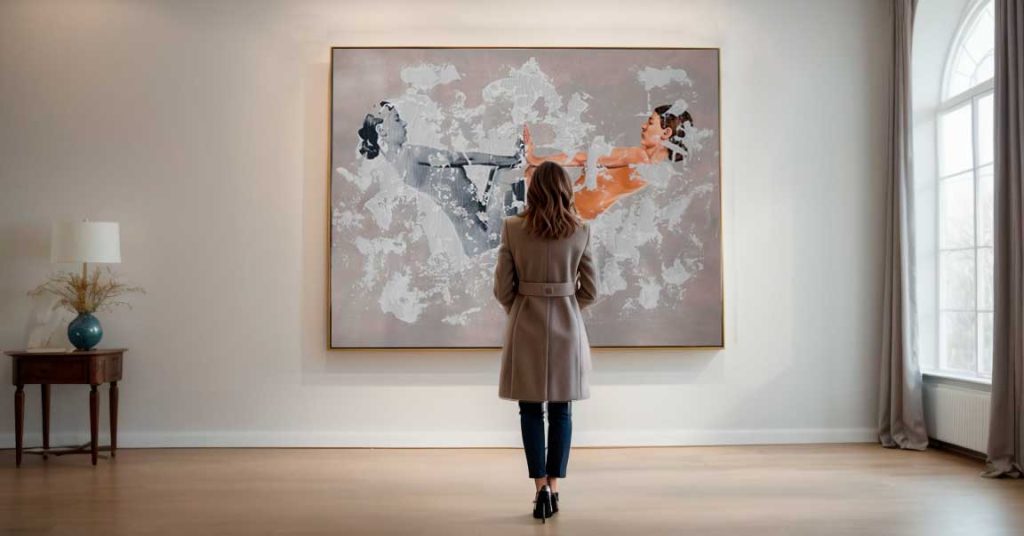

Investing in art can also bring you personal enjoyment and cultural capital, which are intangible but invaluable benefits that can enhance your quality of life and well-being. Art can offer you more than just financial returns; it can also offer you emotional, intellectual, and spiritual rewards, that can enrich your life with beauty, culture, and meaning.
Beyond Financial Returns: Art for the Soul
One of the benefits of investing in art is that it can nourish your soul and make you happy. Art can stimulate your senses, emotions, and imagination, and inspire you to think, feel, and create. In addition art can also express your identity, values, and vision, and help you communicate and connect with others. Art can also challenge your assumptions, perspectives, and beliefs, and help you grow and learn.
Investing in art can also give you a sense of purpose and fulfillment, as you can contribute to the art world and society. You can support and promote artists and their causes, and help preserve and advance the cultural heritage and diversity of humanity. You can also share and educate others about your collection and your passion, and create a lasting legacy for future generations.
Cultivating an Artful Environment
Another benefit of investing in art is that it can help you cultivate an artful environment, where you can surround yourself with beauty, culture, and inspiration. You can create a personal gallery or museum, where you can display your artworks and enjoy them at your leisure. You can also create a stimulating and creative atmosphere, where you can work, relax, or entertain.
Investing in art can also help you enhance your lifestyle and aesthetics, as you can integrate art into your daily life and activities. You can travel and visit art destinations, such as galleries, museums, fairs, or festivals, where you can discover and appreciate new artworks and artists. You can also participate in art events and activities, such as auctions, exhibitions, or workshops, where you can learn and interact with other art lovers and experts.
Conclusion
Investing in art can be a rewarding and enjoyable way to diversify your portfolio and grow your wealth. Art can offer you a range of benefits, such as value appreciation, risk mitigation, market access, tax advantages, and personal enjoyment, that can complement and balance out your other investments. Art can also offer you unique and exciting opportunities, connections, and experiences, that can enrich your personal and professional life.
Transform Your Wealth with Art
If you are interested in investing in art, you can start by doing some research and learning about the art market, the different types of artworks, and the various factors that affect their value and performance. You can also consult with art professionals, such as advisors, dealers, or appraisers, who can help you find, evaluate, and acquire artworks that suit your goals, budget, and taste. You can also join online platforms, such as Artsy or Artfinder, where you can browse and buy artworks from around the world.
Start Your Art Investment Journey Today!
Investing in art can be a fun and fulfilling way to transform your wealth and your life. Whether you are looking for financial returns, personal satisfaction, or both, art can offer you something that no other asset can: a tangible, emotional, and cultural value that can last for generations. So, what are you waiting for? Start your art investment journey today and discover the benefits of investing in art for wealth growth!
FAQs
Q: What are the benefits of investing in art for wealth growth?
Investing in art for wealth growth offers appreciation over time, portfolio diversification with low asset correlation, and access to unique opportunities. It provides entry into exclusive art circles, along with tax benefits, while also enriching lifestyle through emotional and intellectual rewards.
Q: How can I start investing in art?
Begin your art investment journey by researching the market, consulting professionals for advice, and utilizing online platforms like Artsy or Artfinder. Start with a modest amount, reinvest profits, and gradually build your collection, enjoying it through various means like display, lending, donation, or sale.
Q: What are the risks of investing in art?
Art investment carries risks, including market volatility and illiquidity, making quick sales challenging. High costs, vulnerability to fraud, forgery, and legal issues, as well as potential regulatory complications, are factors to consider.
Q: How can I measure the performance of my art investment?
Evaluate art investment through expert appraisals based on quality, rarity, and demand, participate in auctions for market value, and utilize indices like Artprice Global Index. Additionally, calculate the percentage change in artwork value over time, factoring in costs and taxes.
Q: What are some tips for investing in art?
Successful art investment involves buying artworks aligned with personal taste, conducting thorough research, seeking professional advice, and diversifying the portfolio with various art types.

